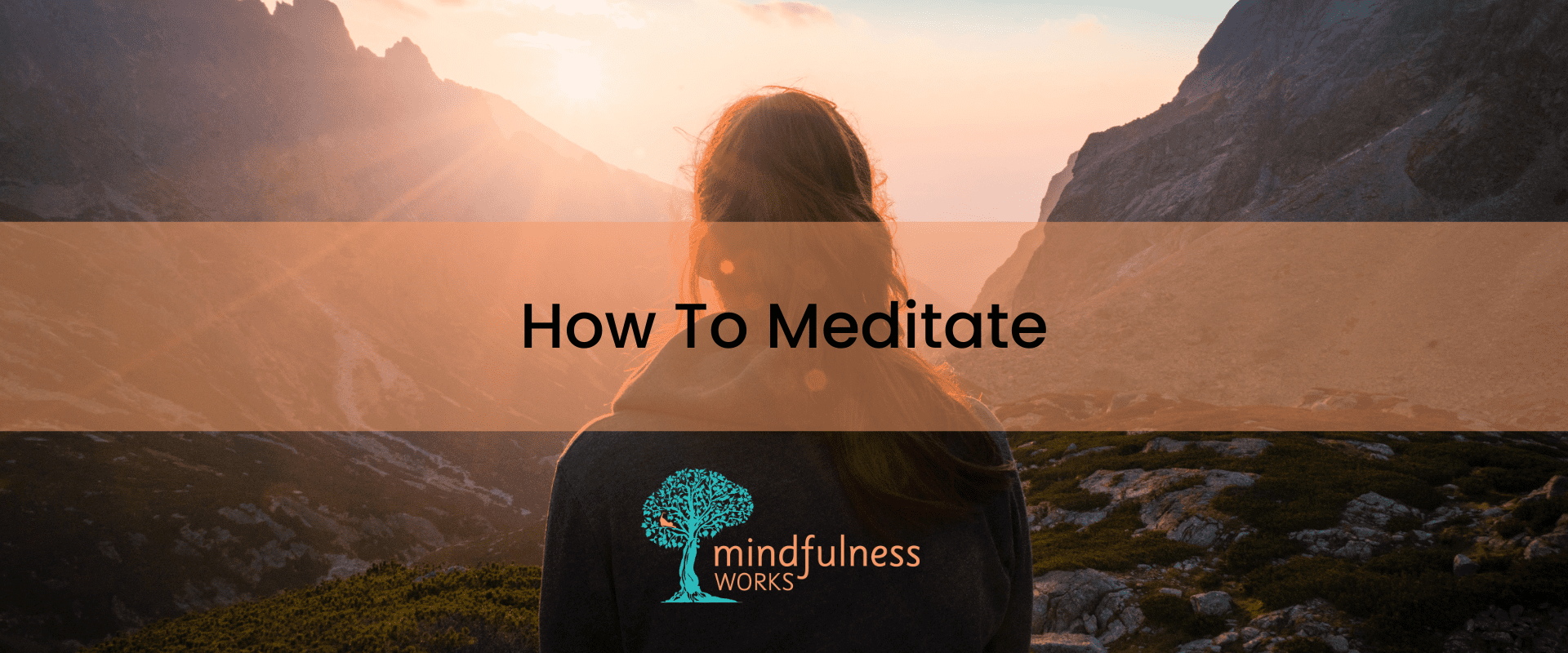
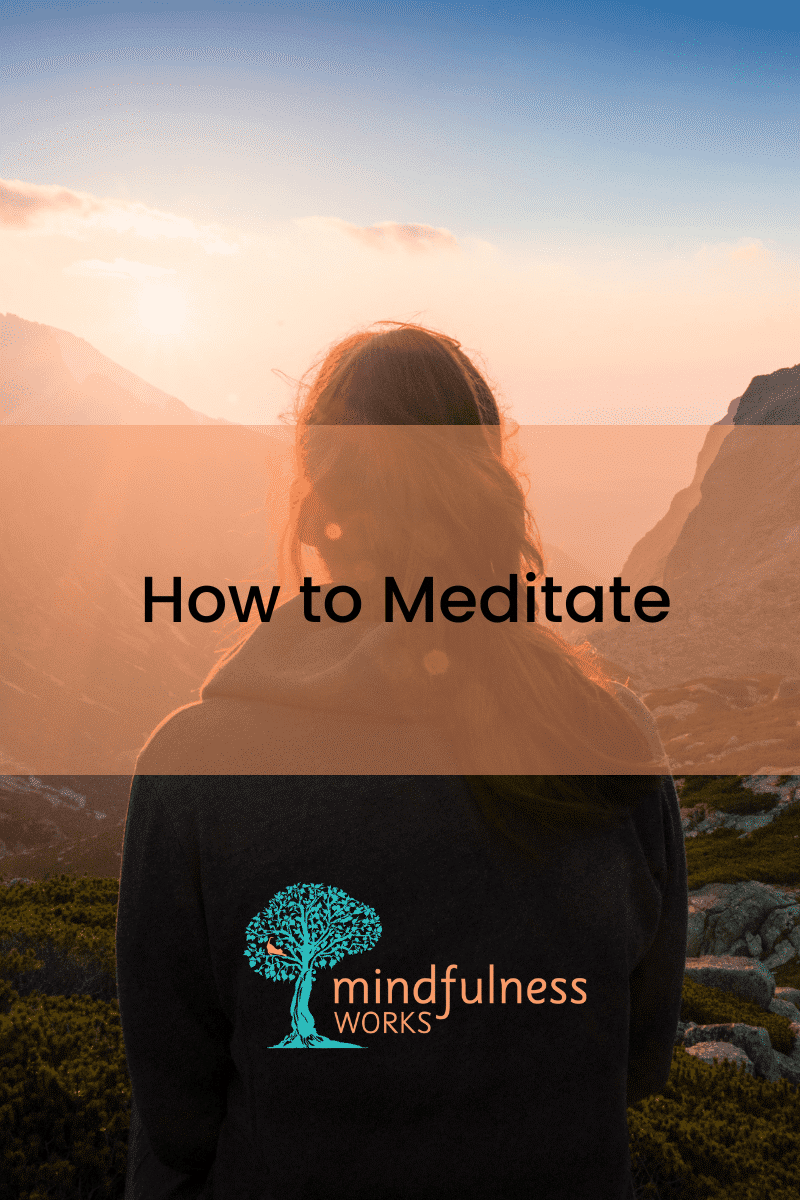
How to Meditate
Meditation: A Pathway to a Calm Mind
Meditation is a structured practice of quieting the mind and cultivating inner peace. Through various techniques such as focused attention, visualisation, or body scanning, we can train our minds to be still and reach a state of deep relaxation and mental clarity. Meditation can also be referred to as formal mindfulness practice.
What are the Benefits of Meditation?
Meditation has significant benefits when practised regularly, including:
- Enhanced Self-Awareness: As we become more mindful and skilled in meditation, we gain a deeper understanding of our thoughts, emotions, and behavioral patterns, empowering us to make more conscious choices.
- Reduced Stress and Anxiety: Practicing mindfulness and meditation allows us to create a buffer between our thoughts and emotions, helping us respond to stressors with greater equanimity and resilience.
- Improved Focus and Concentration: Both practices train our minds to be more attentive and present, leading to enhanced productivity and mental clarity in our personal and professional lives.
- Greater Emotional Regulation: By cultivating mindfulness and meditation, we can better manage our emotions and develop healthier coping mechanisms.
- Deeper Connections with Others: As our self-awareness grows, we become more empathetic and understanding, strengthening our relationships with loved ones and colleagues.
How Often Should You Meditate For and How Long?
Evidence-based studies suggest that meditating for as little as 10-20 minutes per day can lead to noticeable benefits. However, it is important to note that individual preferences and needs may vary, and some people may require longer sessions to achieve the desired effects. Consistency is key in meditation practice, and most research supports daily practice as the most effective way to experience the full range of benefits.
A 2011 study published in the journal Psychiatry Research: Neuroimaging found that participants who practiced mindfulness meditation for approximately 30 minutes per day over eight weeks experienced significant changes in brain structure, specifically in areas related to learning, memory, and stress regulation. Another study published in JAMA Internal Medicine in 2014 found that mindfulness meditation helped improve anxiety and depression symptoms in participants who practiced for an average of 30 minutes per day over eight weeks.
These studies, among others, support the idea that committing to a regular meditation practice—even for a relatively short amount of time each day—can yield significant benefits in mental well-being and stress reduction. However, it is essential to find a routine that works best for you and to be patient with the process, as the benefits of meditation often become more apparent over time.
How Do You Meditate?
Here are some simple instructions for how to practice meditation.
- Find a quiet space: Choose a comfortable, quiet location where you won’t be disturbed. This will help you focus better during your meditation.
- Choose a position: You can either sit in a comfortable chair with your feet flat on the ground, lie down on a mat or cushion, or stand upright with your feet hip-width apart. Choose a position that feels comfortable and allows you to maintain alertness.
- Set a timer: Before beginning, set a timer for the desired duration of your meditation (10-20 minutes is a good starting point). This allows you to focus on the practice without worrying about the time.
- You can close your eyes, have them half open or leave them open: Choose the option that feels right for you.
- Take a few deep breaths: Begin by taking a few slow, deep breaths, inhaling through your nose and exhaling through your mouth. This will help you relax and become more present in the moment.
- Start the body scan: Bring your attention to the top of your head. Notice any sensations, tension, or discomfort you may feel in this area. Spend a few moments observing these sensations without judgment or trying to change them.
- Move through your body: Gradually move your attention down through your body, focusing on one area at a time. For example, you might progress from the top of your head to your forehead, eyes, cheeks, jaw, neck, shoulders, and so on, until you reach your toes. At each body part, take a moment to notice any sensations, tension, or discomfort present.
- Breathe into the sensations: If you encounter areas of tension or discomfort, imagine breathing into those spots as you inhale, and releasing the tension as you exhale. This can help you relax and release any tightness you might be holding onto.
- Maintain a non-judgmental attitude: As you move through the body scan, remember to maintain an attitude of curiosity and non-judgment. Simply observe the sensations without labeling them as good or bad, or trying to change them.
- Return your focus: If your mind wanders, gently bring your focus back to the body scan. It’s natural for your mind to drift during meditation, so don’t be hard on yourself when it happens.
- Complete the body scan: Once you have scanned your entire body, take a moment to notice how you feel overall. Observe any changes in your body or mind since you began the practice.
- Finish the meditation: When you are ready, take a few deep breaths and slowly open your eyes. Give yourself a moment to adjust before continuing with your day.
Free Guided Meditations
Why Learn From Meditation With Mindfulness Works?
Mindfulness meditation is taking the world by storm, and for good reason! From reducing stress and anxiety to increasing focus and productivity, the benefits of mindfulness are hard to ignore. But with so many options available, how do you choose the right path for you?
Don’t settle for just any mindfulness provider – choose the one with a track record of success and a commitment to customer satisfaction. Join us at Mindfulness Works Australia and experience the benefits of mindfulness for yourself.
✅ Over 40,000 people can’t be wrong
Over 40,000 people have completed the Mindfulness Works Introduction to Mindfulness and Meditation four week course. You can trust us to have unparalleled experience and proven track record in delivering mindfulness courses.
✅ Money back guarantee – we’ve got your back
In the unlikely event that you attend all four sessions of the Introduction to Mindfulness and Meditation Course and feel you have not received any benefit, you can get a full refund. And you get to keep all the course resources!
✅ Enjoy real-life community
A small-group with a maximum of 23 participants means you get to meet and practice as a group. Benefit from a positive, affirming and supportive class environment.
✅ Non-religious and practical. No funny positions, no dogma.
We are not affiliated with any religious or spiritual tradition. Our courses are 100% secular and delivered in plain English with a practice focus on improving mental health, reducing anxiety and increasing feelings of self-acceptance.
✅ 4 week subscription to the CALM app
IN addition to the in-person classes you get a free 4 week subscription to the premium version of the CALM app
✅ Exclusive 45 page guidebook
Get a hard copy of our exclusive 45 page Intro Course Guidebook packed with information, guidance and articles.
✅ Guided meditations for life
Get lifetime access to a range of guided meditations offered by our Australian based Mindfulness Works expert facilitators
FREE 4 week subscription to CALM included.
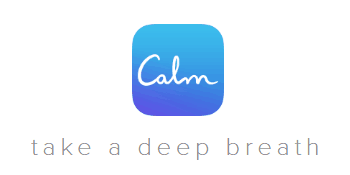
Every participant on the Mindfulness Works Introduction to Mindfulness 4-Week Course receives a free 4-week gift subscription to the award-winning Calm mindfulness and meditation app (premium version). This app was the Apple app of the year for 2017.
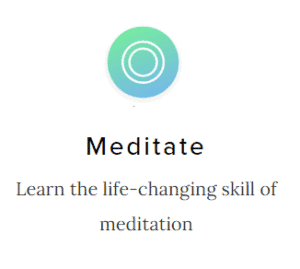
Meditate Learn the life-changing skill of meditation.
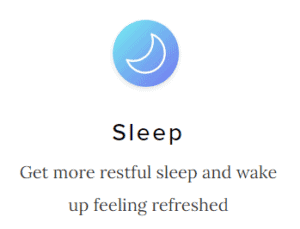
Sleep Get more restful sleep and wake up feeling refreshed.

Masterclass Audio programs taught by world-renowned mindfulness experts.



Course Outline
Week 1: What is Mindfulness?
- What mindfulness is
- The benefits of mindfulness and meditation
- How to get the most from the course
- Guided body scan mindfulness meditation
- Questions and answers / discussion.
Week 2: Working with the Mind
- Why thinking can be problematical
- Practical ways to work with difficult thoughts
- Self-judgement and how to intervene
- Guided mindfulness meditation – counting the breath
- Questions and answers / discussion.
Week 3: Working with Emotions
- What are emotions?
- Learning to feel emotions
- The RAIN method
- Non-judgement and acceptance
- Guided mindfulness meditation on feelings
- Questions and answers / discussion.
Week 4: Radical Acceptance
- What it means to be present
- How wanting causes stress
- Developing wisdom and insight
- Authentic self-compassion
- Open awareness guided mindfulness meditation
- Questions and answers / discussion
- Next steps.

“Since doing this course, I have been sleeping much better, I feel much more in control of my emotions, I have enjoyed ‘noticing’ my own state, but also it has transferred to everything around. This means I am re-enjoying many things that I had been taking for granted.” — Sandy Good

“Thank goodness I came across Mindfulness Works. I have learnt so much in a year and am the happiest, authentic and content I have ever been. Learning acceptance without judgement as been an eye opener for me.” — Rebecca Young
